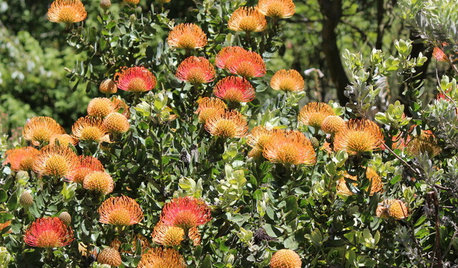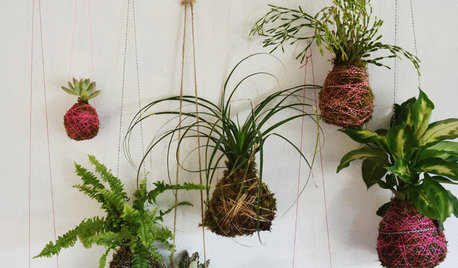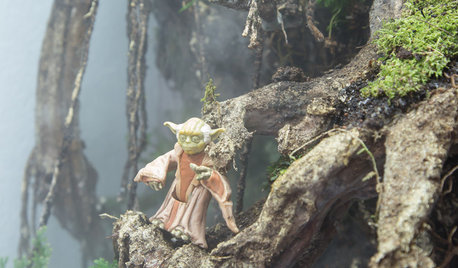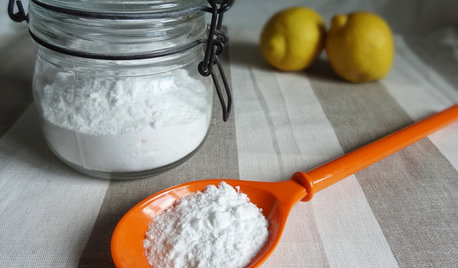Need Help with 'Wetting Agent' for Sphagnum Peat Moss
rnewste
14 years ago
Related Stories

GARDENING GUIDES10 Solutions for Soggy Soil
If a too-wet garden is raining on your parade, try these water-loving plants and other ideas for handling all of that H2O
Full Story
GARDENING GUIDESKeep Your Cool in the Garden — Here’s What to Do in August
Don’t let summer’s heat go to your head. These U.S. gardening guides will help you make sensible choices for all of your plantings
Full Story
EARTH DAYThe Case for Losing the Traditional Lawn
Work less, help the environment and foster connections by just saying no to typical turf
Full Story
EDIBLE GARDENSNatural Ways to Get Rid of Weeds in Your Garden
Use these techniques to help prevent the spread of weeds and to learn about your soil
Full Story
HOUSEPLANTSDIY Project: How to Make a ‘Kokedama’ String Garden
Dig in to create a simple, beautiful Japanese-inspired hanging garden
Full Story
FUN HOUZZThe Force Awakens Under Glass
An Australian terrarium designer places classic ‘Star Wars’ characters in misty miniature landscapes
Full Story
HOUSEKEEPINGBaking Soda: The Amazing All-Natural Cleanser You Already Own
Battle grime, banish odors and freshen clothes with this common nontoxic cupboard staple
Full Story
SAVING WATERHouzz Call: Are You Letting Go of Your Lawn?
Many facing a drought are swapping turf for less thirsty plantings. If you’re one of them, we’d like to hear about it
Full Story
MATERIALSKitchen Ideas: How to Choose the Perfect Backsplash
Backsplashes not only protect your walls, they also add color, pattern and texture. Find out which material is right for you
Full Story
FARM YOUR YARDHow to Grow Vegetables in Containers
Get glorious vegetables and fruits on your patio with a pro’s guidance — including his personal recipe for potting mix
Full Story







justaguy2
Jack Reynolds
Related Professionals
Ashland Landscape Architects & Landscape Designers · Marco Island Landscape Architects & Landscape Designers · Roxbury Crossing Landscape Architects & Landscape Designers · Firestone Landscape Contractors · Ocoee Landscape Contractors · Plantation Landscape Contractors · Wentzville Landscape Contractors · Teaneck Solar Energy Systems · Nutley Solar Energy Systems · Saratoga Springs Solar Energy Systems · Buena Park Fence Contractors · El Segundo Fence Contractors · Queen Creek Fence Contractors · Winchester Fence Contractors · Angleton Fence Contractorslathyrus_odoratus
rnewsteOriginal Author
nandina
calistoga_al ca 15 usda 9
rdak
rnewsteOriginal Author
hairmetal4ever
Kay Morrissey
tapla (mid-Michigan, USDA z5b-6a)